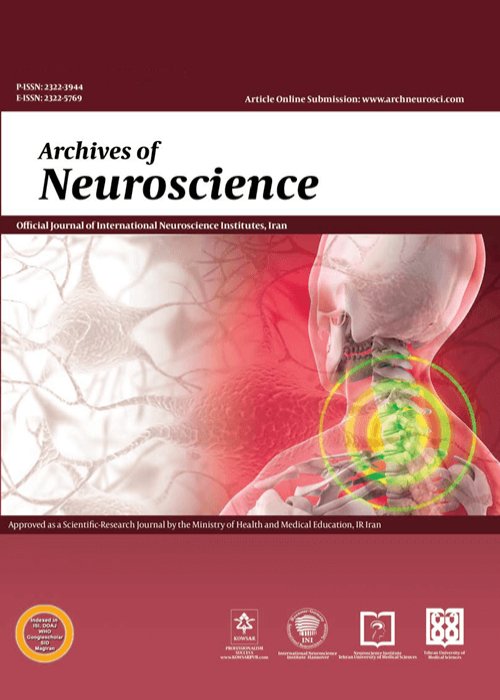Assessment of the Characteristics of Different Kinds of MS Lesions Using Multi-Parametric MRI
Studying different pathological aspects of lesions in multiple sclerosis (MS) patients could be useful to modify the diagnosis and treatment of this neurological disorder. Magnetic resonance imaging (MRI) modalities have the potential to investigate variations in brain tissue because of inflammatory and neurodegenerative processes in various types of MS-related lesions.
This study was done to investigate the quantitative changes in MRI-based parameters, like perfusion and magnetization transfer ratio (MTR) of different types of brain lesions, to demonstrate the ability of MRI to detect structural and pathological differences in MS lesions.
Quantitative MRI modalities were performed on 18 patients with five different kinds of lesions (T1 holes, acute and chronic white matter (WM), and acute and chronic gray matter (GM) lesions) using a 3 T MRI scanner. The following protocols were used to characterize the pathology of lesions: (I) fluid-attenuated inversion recovery (FLAIR); (II) pre- and post-contrast T1-weighted; (III) dynamic contrast-enhanced (DCE); and (IV) MTR imaging. Quantitative comparison of Ktrans, cerebral blood volume (CBV), cerebral blood flow (CBF), and MTR was done to find the best parameter to distinguish different lesions. Finally, a multivariate classifier was applied to introduce the best parameter to indicate differences in lesions.
Five lesions were characterized by perfusion and MTR parameters. The pathological changes were measured, including: (I) the highest value of parameters in both acute WM and GM lesions; (II) the lowest value of four parameters in both chronic WM and GM lesions; (III) MTR had the highest rank among parameters using the classifier.
The degree of pathological alterations due to inflammatory and neurodegenerative processes in MS-related lesions was indicated through the used parameters in different kinds of lesions. Inflammation was the dominant process in acute lesions, while neurodegeneration and tissue loss were observed mostly in chronic lesions. Both inflammation and neurodegeneration were detected in T1 holes. Perfusion parameters and MTR were reasonable parameters to describe differences in brain lesions. Thus, it could be confirmed that magnetization transfer imaging (MTI) and DCE-MRI are high-sensitivity methods to detect microstructural changes in the brain and subtle changes in the blood-brain-barrier. Classification of the parameters indicated that MTR was the best biomarker than others to show variations in lesions pathology.
- حق عضویت دریافتی صرف حمایت از نشریات عضو و نگهداری، تکمیل و توسعه مگیران میشود.
- پرداخت حق اشتراک و دانلود مقالات اجازه بازنشر آن در سایر رسانههای چاپی و دیجیتال را به کاربر نمیدهد.



